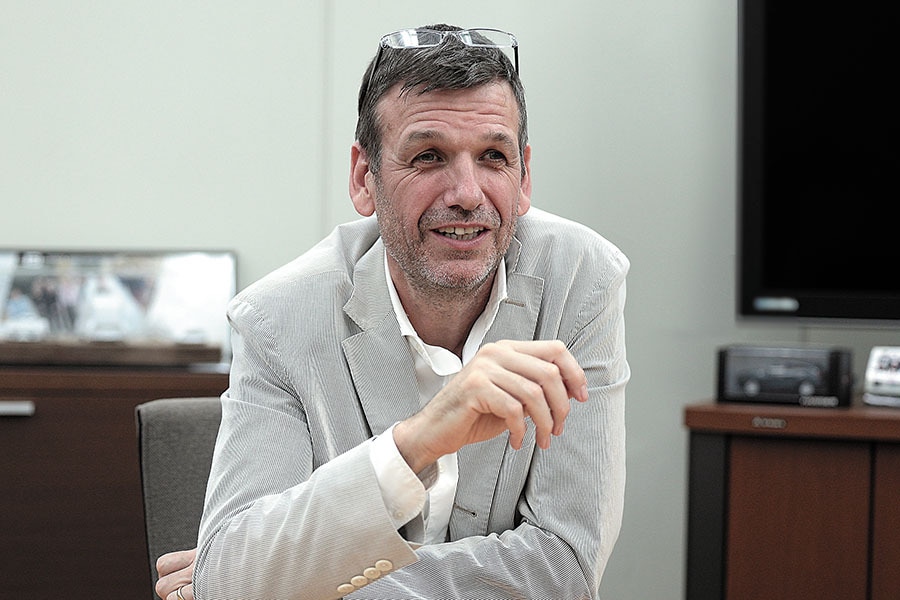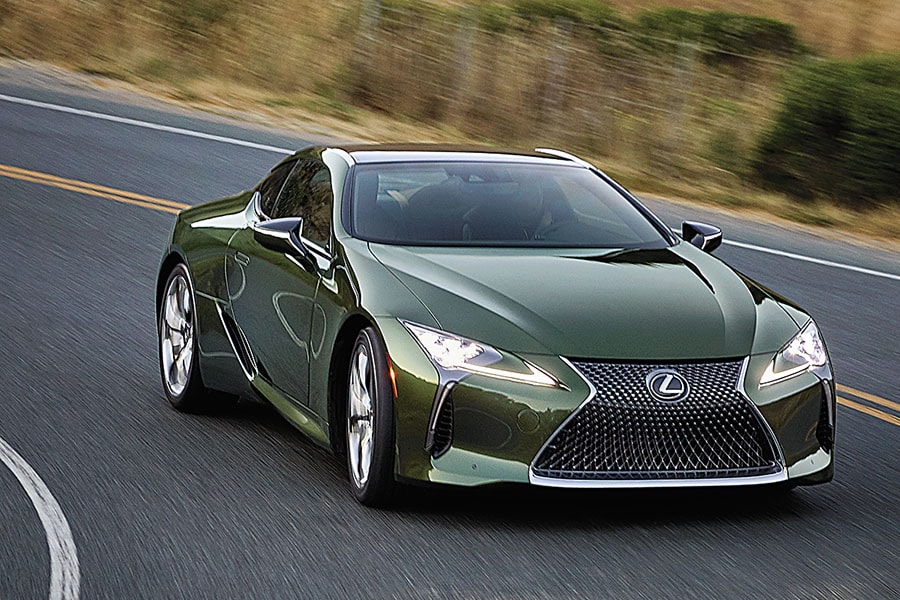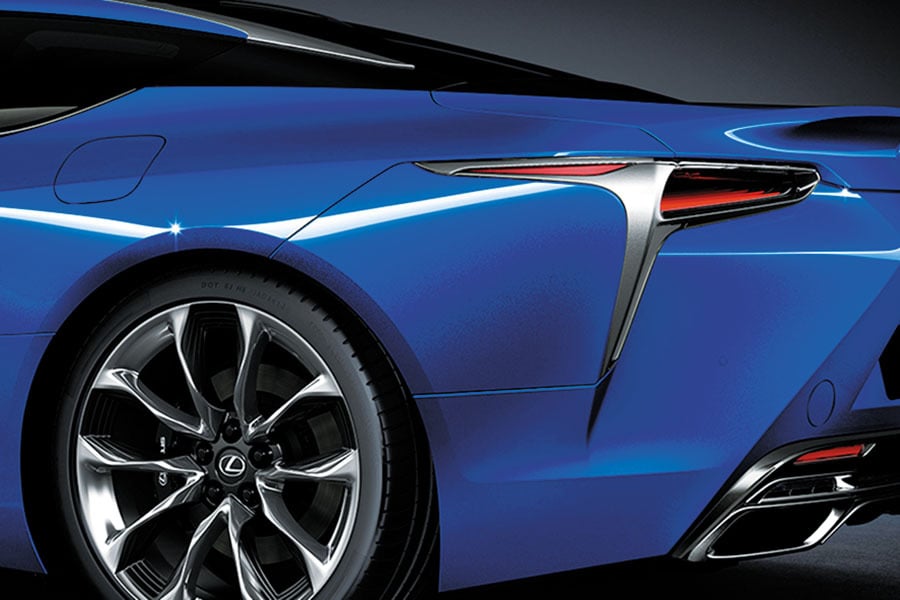
'Electric powertrains will change how we use mobility'
Simon Humphries of Lexus talks about the brand's design philosophy, and the impact of electric vehicles
 Head of Toyota & Lexus Global Design, Simon Humphries
Head of Toyota & Lexus Global Design, Simon Humphries
Lexus, the luxury arm of Japanese car manufacturer Toyota, launched its first model Lexus LS in 1989, with the aim of making a premium sedan. Since then, the brand has added coupes, convertibles and SUVs to its lineup, along with hybrid models such as a version of the RX crossover. Through this evolution, the brand has established a strong design philosophy, whether it is the exterior aerodynamics of the vehicle or its interior ergonomics.
As head of Toyota & Lexus Global Design, Simon Humphries seeks to define Lexus’s unique values in the form of a brand philosophy, incorporating cultural references to its Japanese heritage, and building a design direction that is relevant to users around the world. He began his career in design in 1988 when he was awarded the Royal Society of Arts Bursary Prize for Product Design in the UK. This gave him the opportunity to work for Sony, and ignited his passion for living and working in Japan.
Having joined Lexus in 1994, and having worked in many roles, Humphries tells Forbes India about the various aspects of the brand’s approach to design, the evolving luxury vehicle customer, and the impact of electric powertrains on the future of automobile design. Edited excerpts:
Q What are the quintessential elements of Lexus design?
As with many automotive manufacturers, Lexus design utilises “brand cue” elements such as the Spindle Grille, which is shared throughout the lineup to define the consistency and identity of the brand. However, I believe the quintessential element of Lexus design is the philosophy driving the design direction itself.
(This story appears in the 30 November, -0001 issue of Forbes India. To visit our Archives, click here.)

 The LC sports car is an answer to how to create a beautiful yet contemporary vehicle that challenges the need to rely on traditional design directions
The LC sports car is an answer to how to create a beautiful yet contemporary vehicle that challenges the need to rely on traditional design directions
 Lexus’s Structural Blue draws on lessons from nature to create a high luminance that would have been impossible with traditional pigment technology
Lexus’s Structural Blue draws on lessons from nature to create a high luminance that would have been impossible with traditional pigment technology




